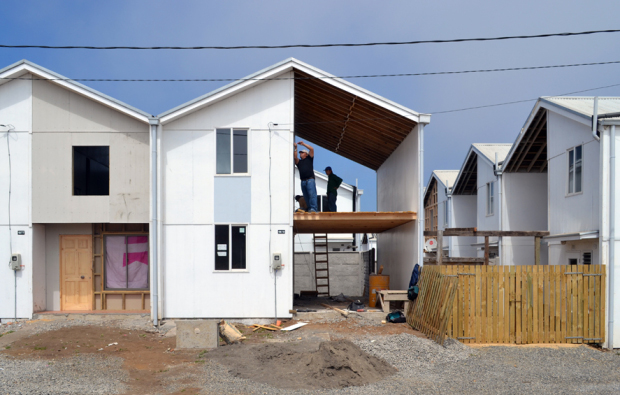
Why 2016's Pritzker winner makes half-built houses
The Chilean architect Alejandro Aravena wins praise for the parts of the building he chooses to leave out
It’s a privilege for any architect to work with a Pritzker prizewinner. The annual award is widely regarded as architecture’s greatest honour. However, you don’t have to be a professional to have assisted in the design of a number of well-known buildings created by 2016’s laurate.
The Pritzker committee announced yesterday that 2016’s medal would be awarded to Alejandro Aravena. This 48-year-old Chilean architect, Phaidon contributor, and director of the 2016 Venice Architecture Biennale, is best-known for creating “half of a good house”, or low-cost, social and emergency dwellings which can be finished, extended and developed by their inhabitants, turning a series of concrete blocks into a set of well-loved homes.
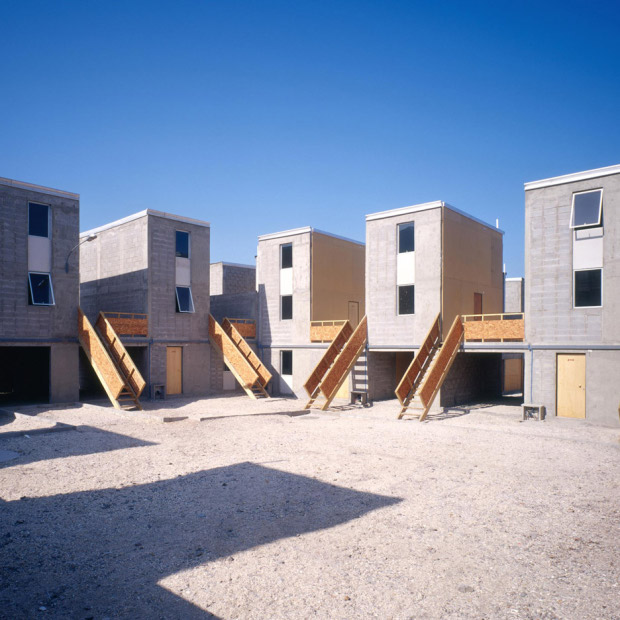
His firm Elemental’s 2001-2004 project, Quinta Monroy in Iquique, on Chile’s northern coastline, consists of an estate of 93 low-cost houses, which the practice left unfinished. The new owners added verandas, and even additional rooms, personalizing the sparse dwellings, adding value, as well as a sense of belonging.
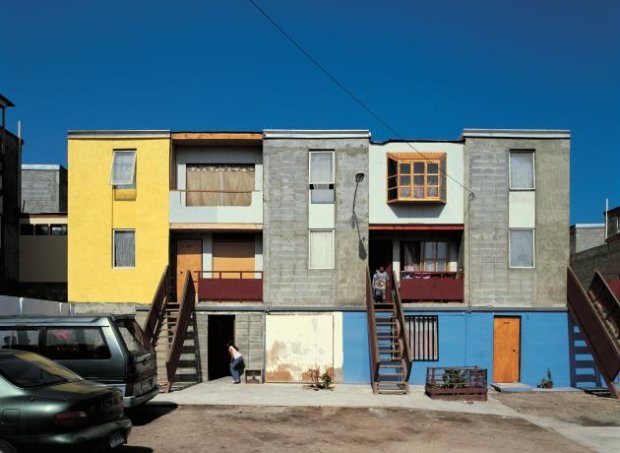
Aravena applied the same principle in 2010, when he completed the Villa Verde housing project in Constitución, Chile to house a forestry firm’s employees. One half of the gable is filled, while the other half remains incomplete, to be finished by the new residents.
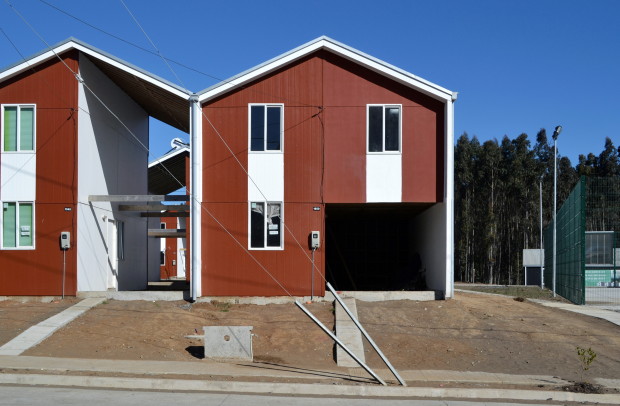
The architect has also created a wide range of beautifully conceived non-residential projects, including the stunning 2012 Bicentennial Park playground in Santiago, which features 60 concrete slides set into the city’s hillside; the glass skinned, Siamese Tower for the San Joaquín Campus of the Pontificia Universidad Católica de Chile in Santiago; and angular concrete Three Crosses viewing platform in Jalisco, Mexico.
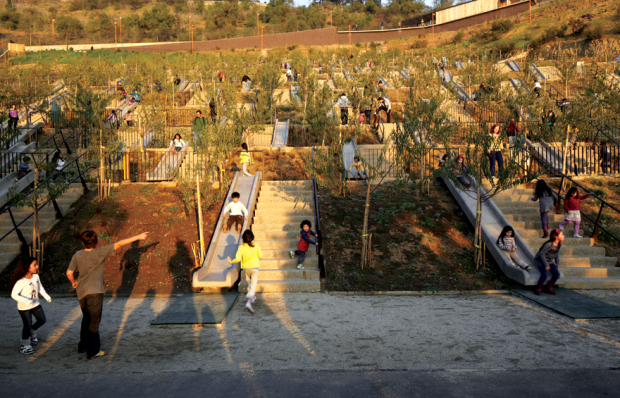
Yet it was the social aspect of Aravena’s work, combined with the common-sense way he questioned all aspects of building creation, from the meteorological to the political, which really impressed the judges.
{media7}
Aravena “gives economic opportunity to the less privileged, mitigates the effects of natural disasters, reduces energy consumption, and provides welcoming public space,” said Tom Pritzker, chairman and president of the prize’s sponsors, the Hyatt Foundation. “Innovative and inspiring, he shows how architecture at its best can improve people’s lives.”
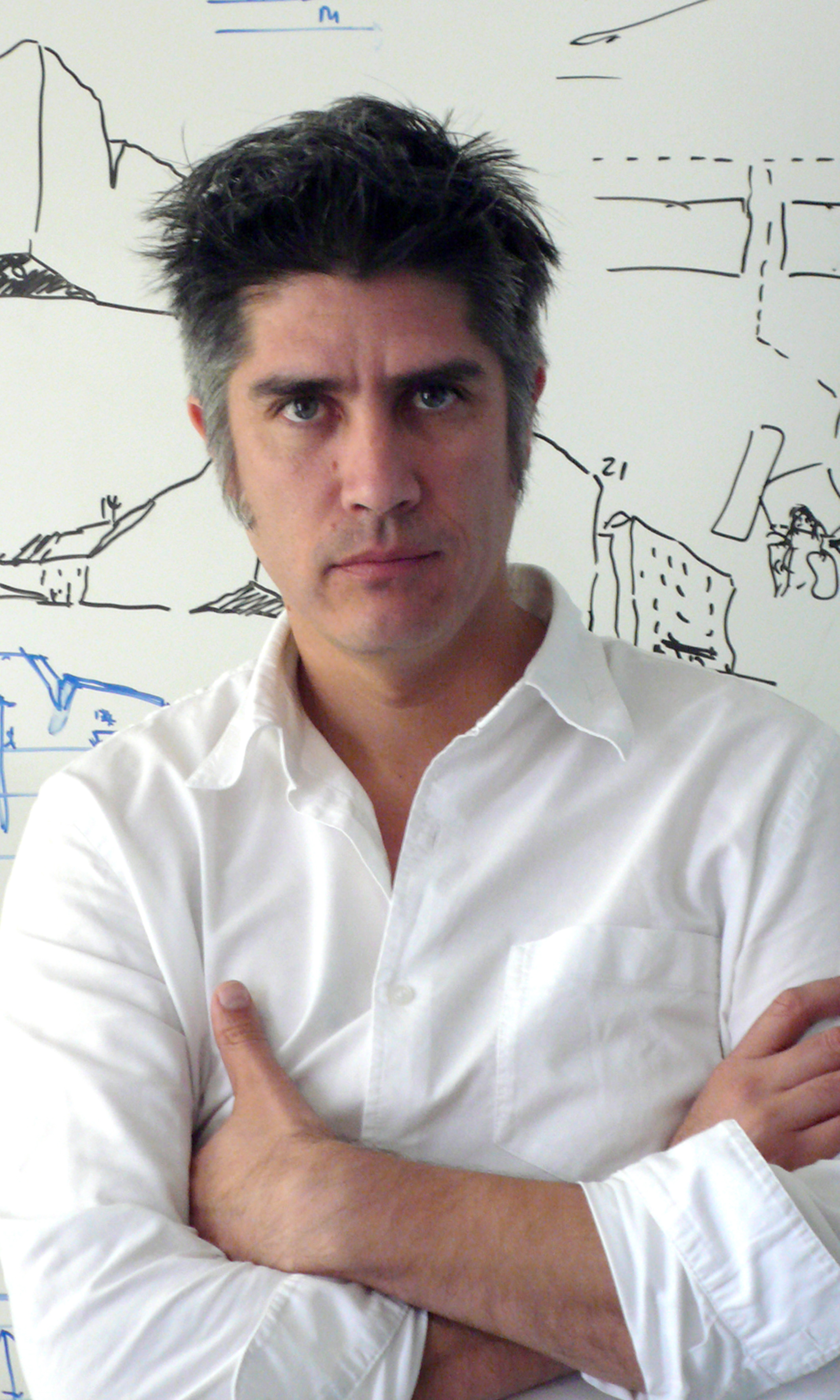
The architect himself echoed these sentiments in an interview with the New York Times, saying that, “sometimes the solution to the forces at play is an economic building; sometimes you need to focus people’s imagination with architecture, to analyze in a coldblooded way what particular equation is required.”
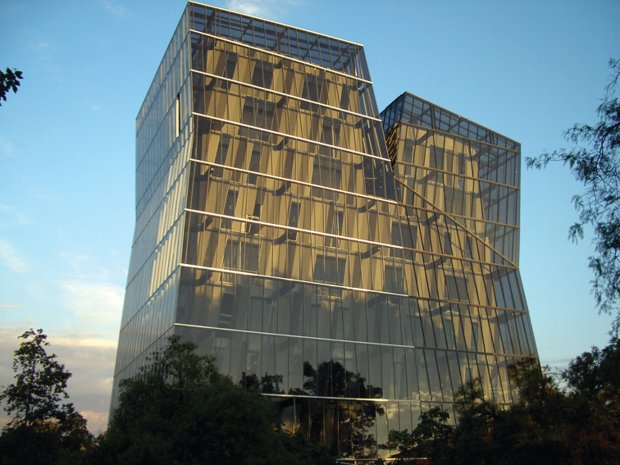
Big-name architects, and many within the wider architectural community, admire high-tech, big-budget buildings. Yet Aravena's win and his Venice Biennale curatorship may alter the balance of opinion a little, reminding us that while we all love a pretty penthouse rendering cheap, elegant solutions to serious building problems deserve our attention also.
You can find out more about Aravena’s Elemental practice in 10X10 2 our global survey of innovative architecture. Buy your copy here; meanwhile, for more on social practice in today's cities, get a copy of our new monograph dedicated to the urban-planner-turned-artist Theaster Gates.